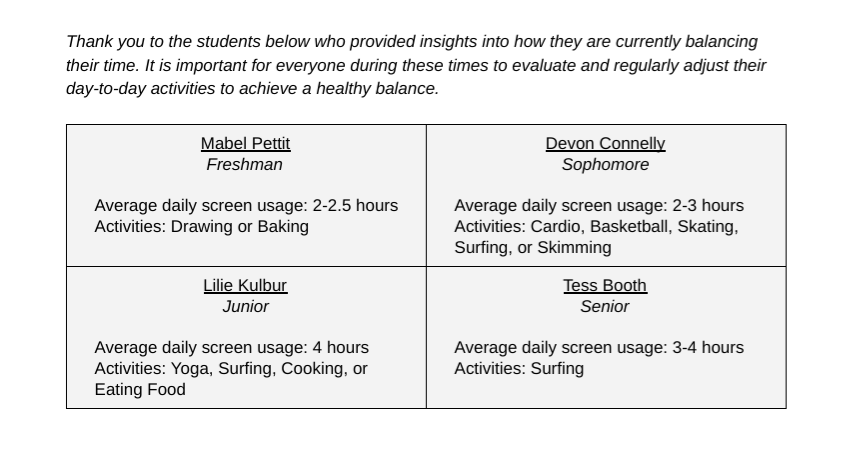Increased screen usage for teens damages overall health
Thurston middle-schooler Dane Seybold peers out from his Chromebook prison. Students everywhere have endured the inescapable consequences that come along with all the benefits of online learning.
November 24, 2020
As social activity became less prevalent during quarantine, it is no secret that the usage of screens has become a big part of students’ daily routines. With the addition of online schooling, screen usage for high school students has increased even more. Students now spend over 10 hours a week just in Zoom classes alone. On top of that, they spend multiple hours scrolling through social media platforms, which can severely damage their mental and physical health.
“It is surprising and deeply disconcerting to see the correlation between the rise of smartphone and social media use and increasing rates of anxiety and depression in teens and young adults, which is evident in research done by Dr. Jean Twenge,” said LBHS psychologist Bradley Rush.
There are many different reasons why the rates of anxiety and depression are rising. One reason is that screens use a blue light, which can cause irregular sleep patterns. Lack of sleep puts teens at a higher risk of developing health problems. Using screens late at night or early in the morning is harmful since blue light communicates to the brain that it is daytime.
“Exposure to light suppresses the secretion of melatonin, a hormone that influences circadian rhythms… blue light at night does so more powerfully,” according to an article from Harvard Medical School. “Light at night is part of the reason so many people don’t get enough sleep, and researchers have linked short sleep to increased risk for depression, as well as diabetes and cardiovascular problems.”
It is important to use screens at the appropriate time of day since regular sleep patterns are crucial to maintaining overall wellbeing. Another way increased screen time affects the health of teens is that it causes a lack of Vitamin D. Since sports and other outdoor activities have been limited, teens have not been able to spend as much time in the sun, which is their main source for Vitamin D. This nutrient is important for building the immune system, and therefore, it would be helpful if a student were to get COVID-19. The lack of outdoor activities during this quarantine has increased screen time.
“Teens use an average of just under seven and a half hours’ worth (7:22)—not including time spent using screens for school or homework,” according to a study conducted in 2019 by Common Sense Media.
Screen time usage has been a problem before COVID-19; however, quarantine greatly exacerbated this problem. Although the average cited by CNN might not be the exact same as LBHS students’ averages, many have indicated that they have increased device usage since the pandemic.
“My screen time definitely changed over quarantine since I couldn’t socialize normally. I spent much more time on my phone connecting with people than before,” said freshman Mabel Pettit.
Although boredom and new online learning platforms have caused students to spend more time online, picking up new hobbies could provide much-needed balance.
“I think that students are getting fatigued from all the screen time and are actually seeking activities and opportunities to get away from their screens,” said Rush. “My hope would be that students are finding non-screen activities that they are falling in love with and wanting to spend more time doing rather than spending time on social media or other screen-based activities.”







